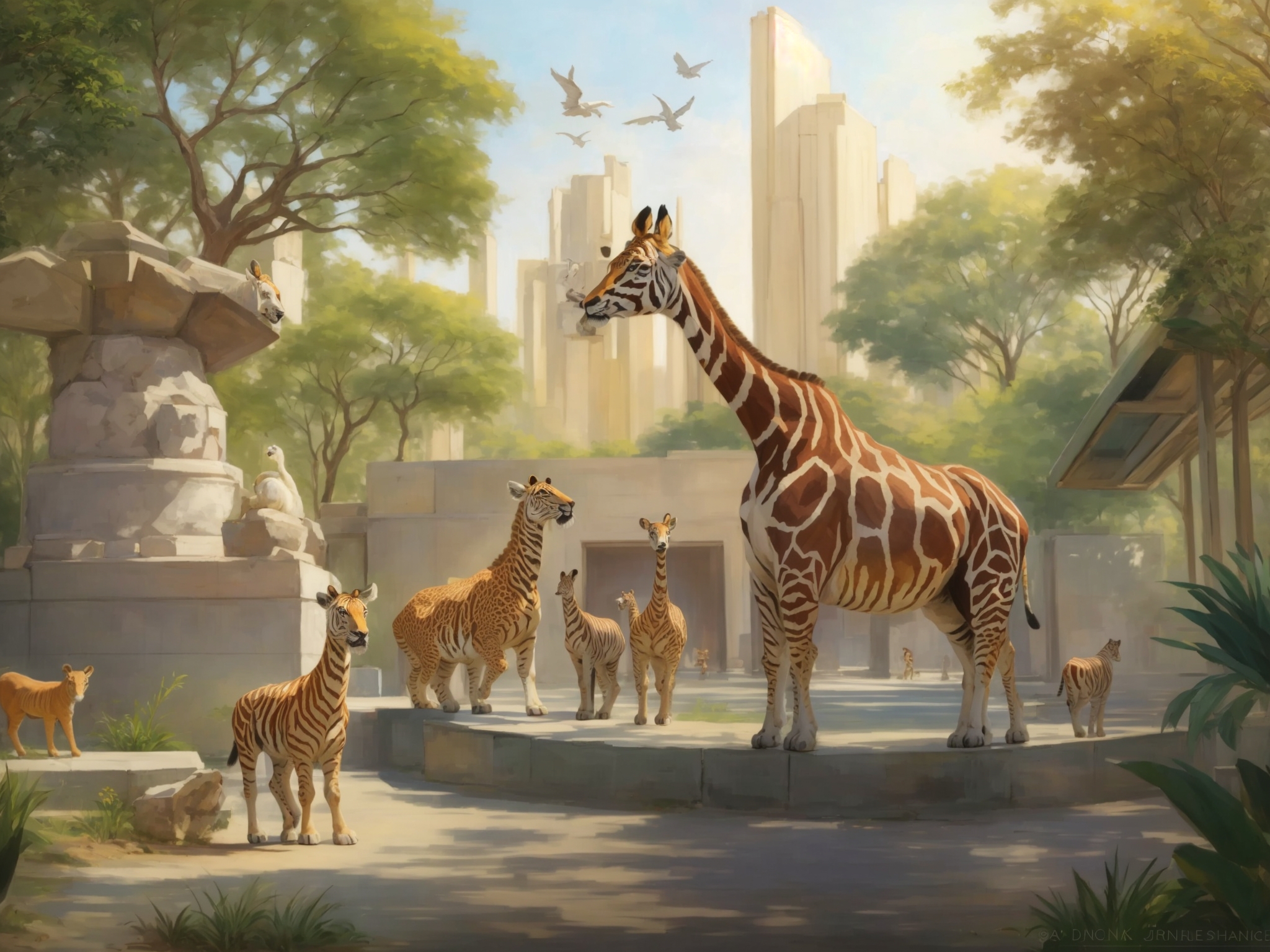Understanding the Concept:
“The Art of Zoo” is a controversial subject associated with the discussion of human-animal relationships, often within the realm of zoophilia or bestiality. It’s imperative to approach this topic with sensitivity and an understanding of legal and ethical boundaries. However, in an alternative context, the phrase may refer to zoological art or the artistic representation of animals in various mediums, which we’ll focus on to explore this intriguing theme.
Appreciating Zoological Art:
- Historical Significance: Zoological art has a rich history dating back centuries, with illustrations and paintings showcasing wildlife, often linked with scientific exploration and documentation.
- Mediums and Forms: From traditional paintings and sketches to modern digital art and sculptures, zoological art encompasses a wide array of mediums. It captures the essence and beauty of animals, showcasing their form, behavior, and habitat.
- Purpose and Impact: Zoological art serves various purposes, from educational to aesthetic. It aids in wildlife conservation by raising awareness about endangered species and their plight. Moreover, it fosters appreciation and understanding of the animal kingdom’s diversity.
Steps to Creating Zoological Art:

- Observation and Research: Begin by observing animals in their natural habitat or through references like photographs, videos, or visiting zoos and wildlife sanctuaries. Research their anatomy, behavior, and habitat to capture authenticity in your artwork.
- Sketching and Drafting: Start with preliminary sketches, focusing on proportions, shapes, and details. Refine these sketches to create a more accurate representation of the chosen animal.
- Medium Selection: Choose the medium that aligns with your artistic vision—pencils, watercolors, oils, digital tools, or sculpting materials. Each medium offers unique possibilities to express the essence of the animal.
- Capturing Essence: Pay attention to details that define the animal—its fur texture, facial expressions, or the way it interacts with its environment. Strive to convey its essence in your artwork.
- Adding Personal Touch: Infuse your personal style and creativity while staying true to the animal’s characteristics. Blend realism with artistic interpretation to create a compelling piece.
- Sharing and Educating: Share your artwork to evoke appreciation for wildlife. Use your creations to educate others about the beauty and importance of preserving our natural world.
Conclusion:
“The Art of Zoo” encompasses a wide spectrum of meanings, from the controversial to the artistic. While navigating this term, it’s crucial to uphold ethical standards and respect boundaries. However, within the realm of zoological art, it offers a gateway to appreciate, understand, and preserve the wonders of the animal kingdom through creative expression and education.
